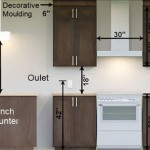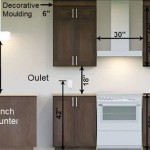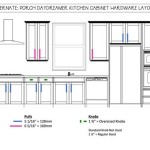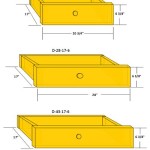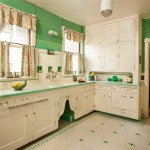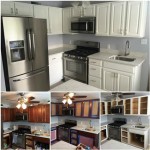Essential Aspects of Kitchen Cupboard Suspension Rail
Kitchen cupboard suspension rails play a crucial role in the functionality and aesthetics of kitchen cabinetry. Their design, materials, and installation techniques are essential considerations that impact the overall performance and durability of your kitchen units. This article explores the fundamental aspects of kitchen cupboard suspension rails, providing insights into their importance and guiding you towards informed decision-making.
Let's delve into the key aspects of kitchen cupboard suspension rails:
1. Material: Suspension rails are typically crafted from strong and durable materials like steel or aluminium. Steel rails offer exceptional strength and rigidity, ensuring they can withstand the weight of heavy cupboards and their contents. Aluminium rails, on the other hand, are lightweight and corrosion-resistant, making them ideal for kitchens with high humidity or frequent exposure to water.
2. Design: The design of suspension rails varies depending on the type and weight of the cupboards they support. Some rails feature a single channel, while others have multiple channels to accommodate different sizes and weights of cupboards. It's essential to choose rails designed for the specific type and load capacity of your cabinetry.
3. Adjustability: Adjustable suspension rails allow for precise positioning of the cupboards, ensuring they are level and aligned. This is particularly important when installing multiple cupboards side-by-side or above one another. Adjustable rails provide the flexibility to make slight adjustments after installation, fine-tuning the alignment and maximizing storage efficiency.
4. Installation: Proper installation is paramount for the longevity and performance of suspension rails. Rails are typically attached to the wall studs or backing boards using screws or bolts. It's crucial to use the correct fasteners and follow the manufacturer's guidelines to ensure a secure and stable connection.
5. Load Capacity: Suspension rails are rated for a specific load capacity, which indicates the maximum weight they can support. It's important to choose rails that can withstand the weight of your cupboards and their contents. Overloading rails can compromise their structural integrity and lead to sagging or even collapse.
6. Corrosion Resistance: In kitchens with high humidity or exposure to water, it's essential to use corrosion-resistant suspension rails. Aluminium rails with a protective coating or stainless steel rails are ideal choices for these environments, ensuring durability and longevity.
7. Aesthetics: While functionality is paramount, the aesthetics of suspension rails should not be overlooked. Some rails feature a concealed design that hides them from view, maintaining a seamless and clutter-free appearance. Others have a more visible design that can complement the overall style of your kitchen.
By considering these essential aspects, you can make informed decisions when choosing and installing kitchen cupboard suspension rails. These rails are fundamental components that ensure the durability, functionality, and aesthetics of your cabinetry, creating a well-organized and efficient kitchen space.

The Friendly Survival Guide To Installing Sektion Kitchen Cabinets

How To Install Kitchen Cabinets Young House Love

The Friendly Survival Guide To Installing Sektion Kitchen Cabinets

Hanging Rail Kitchen Cabinet Cupboard Wall Mounting Bracket Hanger 2m Pack Of 10 Diy At B Q

How To Hang Cabinets Young House Love

The Friendly Survival Guide To Installing Sektion Kitchen Cabinets

Si Cabinet Suspension Rails Silver 130mm X 38mm 6mm 2 Pack Fix

2x Hanging Rail Kitchen Cabinet Cupboard Wall Mounting Bracket Hanger 1m Diy At B Q

Cabinet Hanger Wall Rail Gal 29x1250mm Suits Kitchen Bedroom Units

The Friendly Survival Guide To Installing Sektion Kitchen Cabinets
Related Posts

